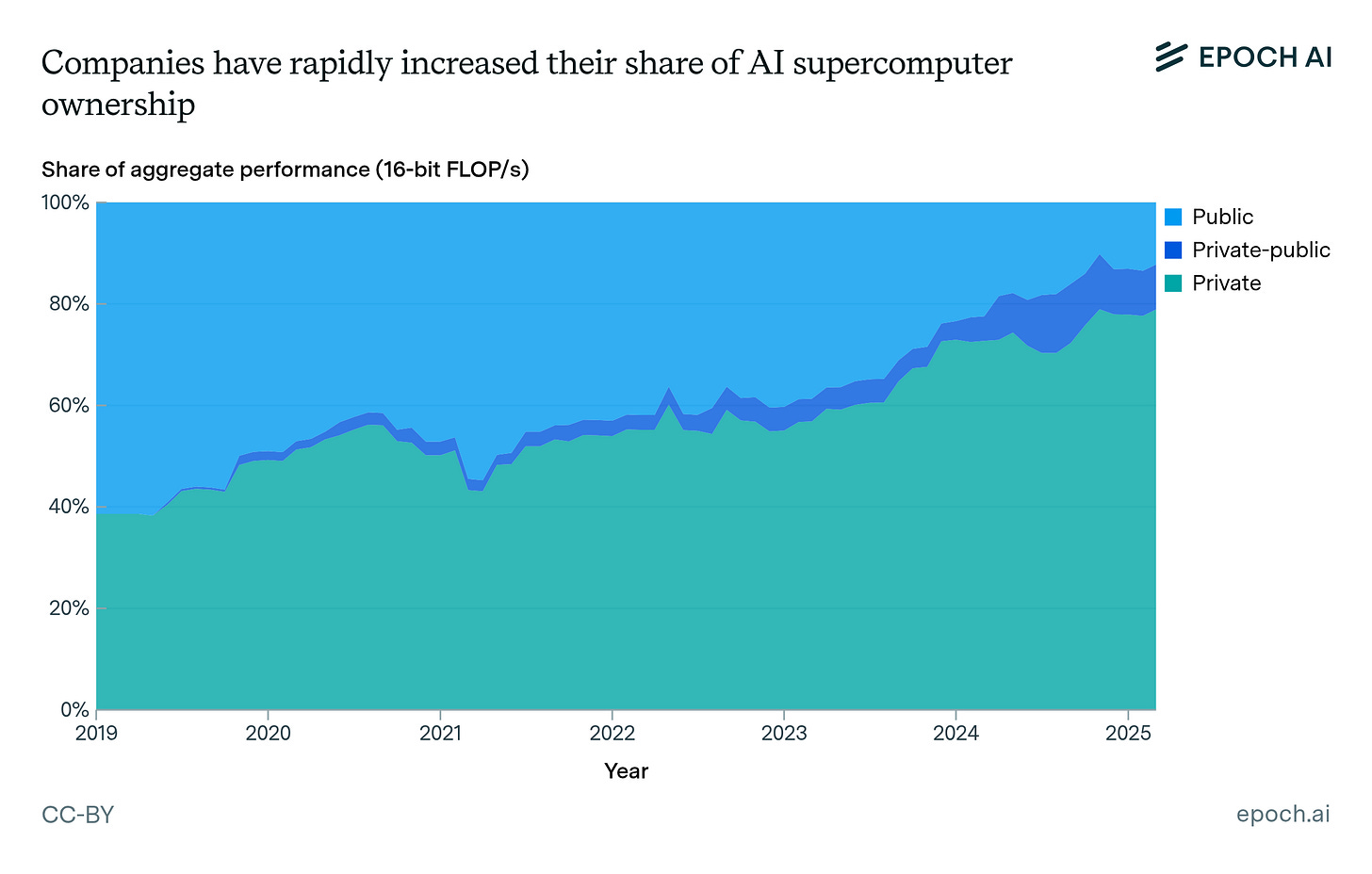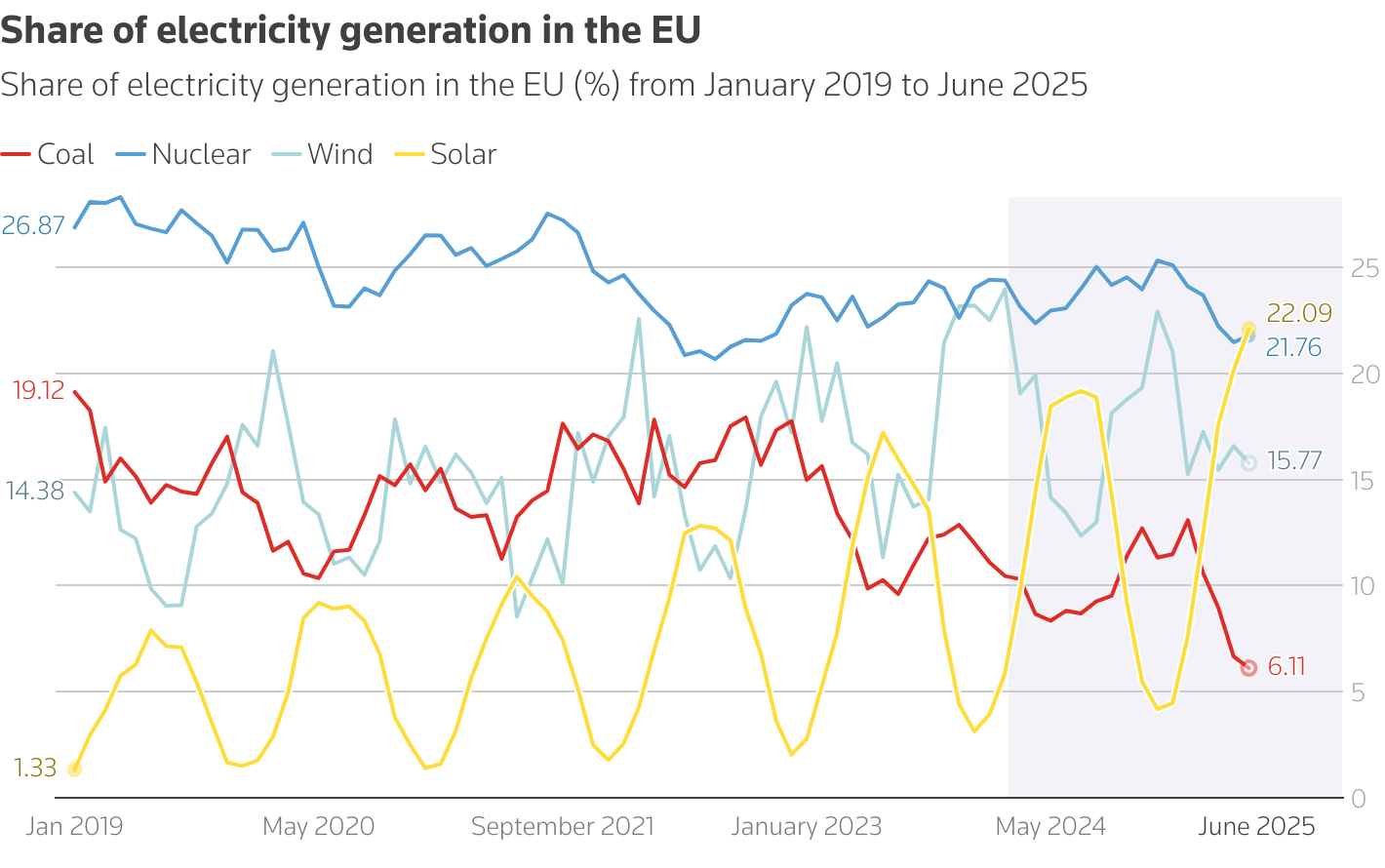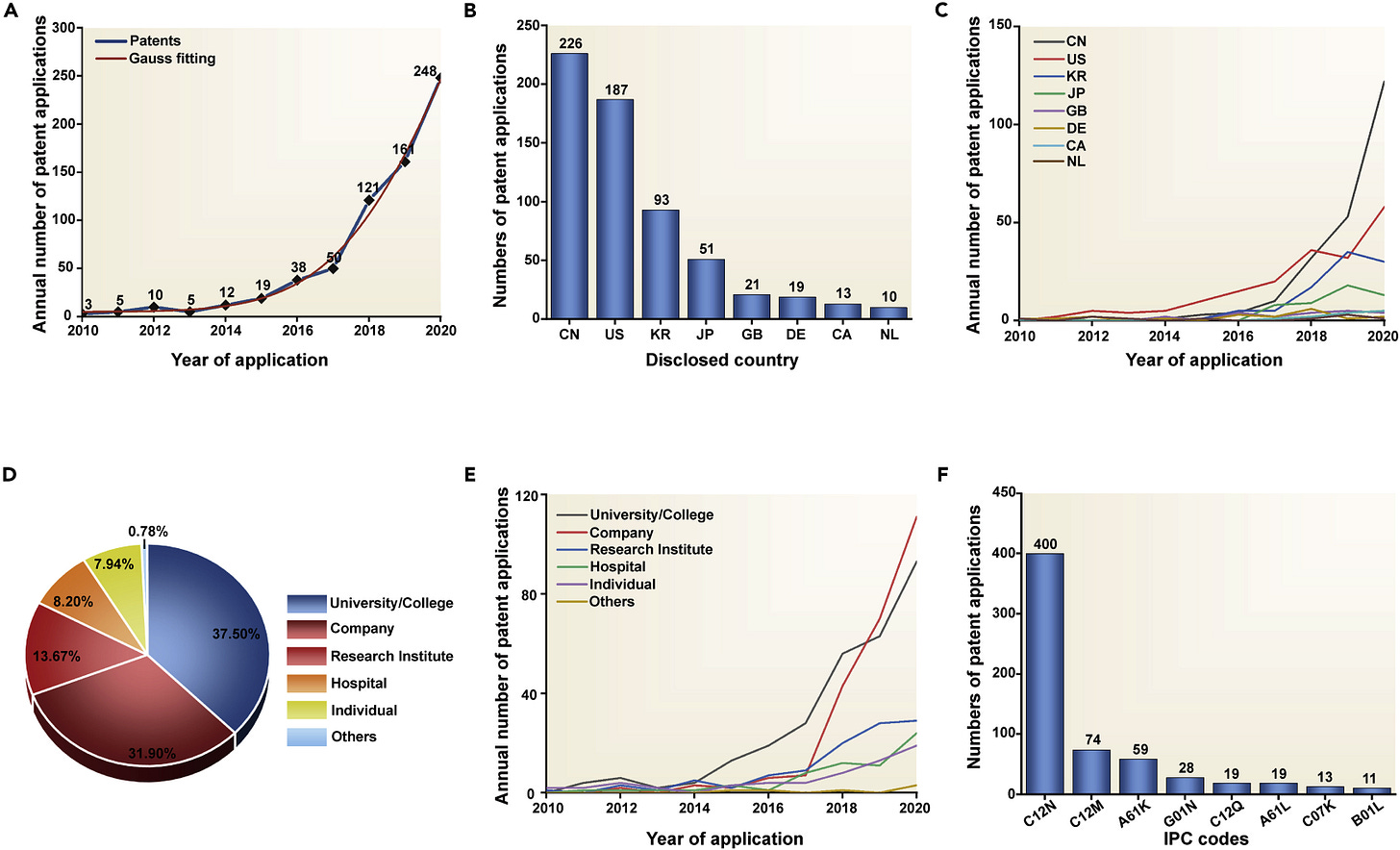Welcome to Binary Circuits’ 30th weekly edition
Your weekly guide to most important developments in technological world
Dear Readers,
Binary Circuit investigates trends, technology, and how organizations might profit from rapid innovation. GreenLight, the brain behind Binary Circuit, finds possibilities, analyzes challenges, and develops plans to fit and grow firms to stay ahead. Looking to scale your business, partners, or AI/technology integration.
This week, we explore how organoids aid in studying diseases and treatments, and how increased access to AI supercomputing accelerates R&D in next-generation technologies.
Mini organs are on track to revolutionize modern medicine
All over the world, scientists are growing tiny versions of human organs from hearts and brains to livers and intestines. These are known as organoids, and now this field is rapidly advancing in pediatric heart care.
The Australian research team at QIMR Berghofer Medical Research Institute, along with collaborators from Murdoch Children's Research Institute and The Royal Children’s Hospital, has developed a method to transform immature heart cells derived from stem cells into lab-grown tissues that function like real, fully mature adult heart muscle.
To "train" the cells into maturity, the researchers activated two biological pathways known to promote heart development: AMPK and ERR. The results are revolutionary for cardiac research and were published in Nature Cardiovascular Research. Conditions brought on by mutations in important genes such as CASQ2, RYR2, and desmoplakin—genetic abnormalities known to cause major heart problems in children—were successfully reproduced by the team.
These lab-grown hearts now offer a powerful, non-invasive model for scientists to:
Understand how specific mutations cause heart problems
Test multiple drugs on tissues created from a single patient’s own cells
Accelerate personalized therapies—possibly avoiding risky surgeries or transplant
In fact, in one trial, scientists reversed disease damage in organoids using a new class of drugs called BET inhibitors—a big step toward real-world treatments for desmoplakin cardiomyopathy, a severe and often deadly condition.
Challenges still persist but organoid research is progressing faster than ever before. Stem cell science, 3D printing and better lab techniques together are making it easier to build human organs in the lab.

AI supercomputing is becoming more accessible
Supercomputers were once exclusive, limited to government labs and research centers. However, this is rapidly shifting as their accessibility improves.
AI has transformed computation studies, shifting from desktop workstations to continent-scale infrastructure, making high-performance AI computing more accessible and vital.
In July, Georgia Tech was granted $20 million by the U.S. National Science Foundation to develop Nexus, an AI supercomputer intended for public use. Nexus aims to accelerate the progress in drug discovery, robotics, among other research areas by providing computing power capable of processing over 400 quadrillion operations/sec. Nexus will be open to researchers nationwide and is expected to be completed by spring 2026.
Across the Atlantic, the UK launched Isambard-AI, a zero-carbon supercomputer with over 5,400 NVIDIA GH200 chips. Isambard AI is the UK’s top supercomputer, with the lowest carbon footprint, operating at 21 exaFLOPS. It ranks 11th globally and fourth on the Green500 list for energy efficiency, demonstrating progress in making AI machines and data centers more environmentally friendly.
Accessibility over speed sets it apart. It supports multimodal language models, such as Nightingale AI and BritLLM, and is open to the research community.
In Asia, Foxconn partners with U.S. chipmaker Nvidia to create a next-gen "AI Factory," a supercomputing center in Taiwan. With over 10,000 Blackwell GPUs, it will support industries from manufacturing to smart technology infrastructure.
NVLink Fusion enables custom chips and third-party CPUs to connect directly to Blackwell systems, allowing organizations to build efficient AI supercomputers. Notably, industrial AI growth, at 2.7x, is outperforming the public sector’s 1.9x growth by a significant margin. As deployments increase, the industry's portion of global AI compute has grown from 40% in 2019 to 80% 2025.

These advancements show that AI supercomputing is rapidly evolving from a niche technology to an essential public utility for the nation's progress.
Chart of the week:
Solar becomes the top contributor to the EU's power mix
June was a monumental month in the European Union: For the first time, it got more electricity from solar power than from any other source.
New data from energy think tank Ember shows that solar accounted for 22.1% of the EU’s electricity mix in June 2025, narrowly overtaking nuclear – and, notably, far outpacing gas and coal combined.
At least 13 EU countries set new records for solar generation in the last month. It’s a striking illustration of how far solar power and clean energy have come in the EU.
While the USA seeks to tether the U.S. to fossil fuels, Europe and much of the world continue accelerating toward cleaner options.



